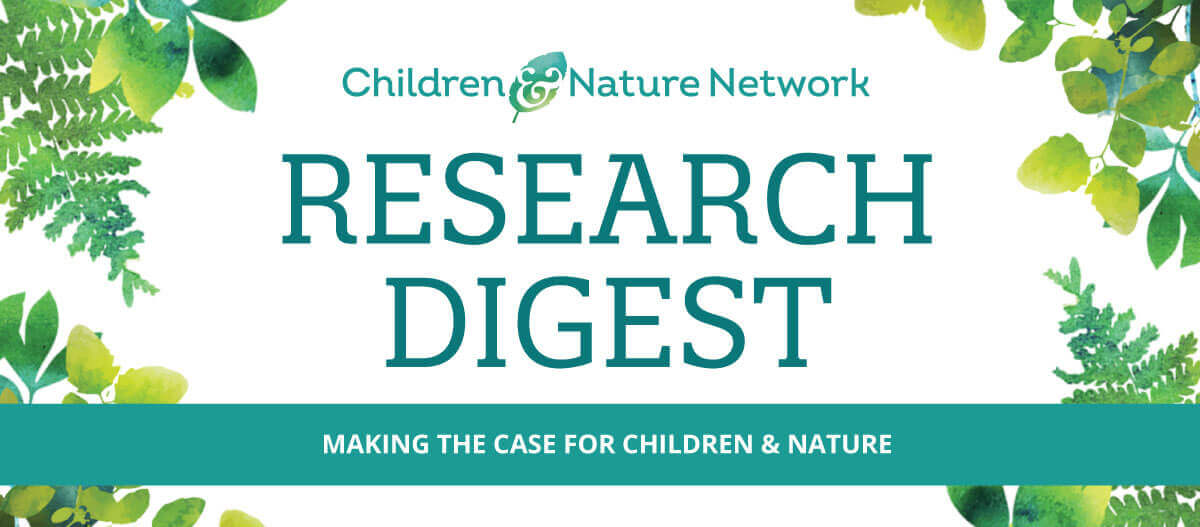Theme 1 – Increase greenness in places where children live, learn, play and receive care, with special attention to low-resourced communities where access to greenspace tends to be more limited
Recommendation 1:
Increase the amount of vegetation in and around residential settings
To examine whether vegetation near the residential environment might buffer or moderate the impact of stressful life events on children’s psychological well-being, data were collected from 337 rural children in the U.S. Results showed that the impact of life stress was lower among children with high levels of nearby nature than among those with little nearby nature.
Wells & Evans, 2003. Nearby nature: A buffer of life stress among rural children.
Access Study
Another study involving 172 urban children in Spain found that more access to natural areas, as well as more perceived nearby nature, can lower children’s stress levels and bolster their resilience in dealing with stress. This research indicates that nearby nature can moderate the negative effect produced by stressful events.
Corraliza, Collado & Bethelmy, 2012. Nature as a moderator of stress in urban children.
Access Study
Recommendation 2: Increase greenness on school grounds
This study examined positive youth development outcomes of renovated, green schoolyards for K-8 students in low-income urban areas in Chicago, Illinois. Results suggest that greening school grounds may contribute to enhanced physical activity and prosocial behavior, maintained over time, among underserved children. Ensuring that more schoolyards incorporate green spaces may be particularly important in urbanizing settings, where the distribution of green space is not equitable.
Bates, Bohnert & Gerstein, 2018. Green schoolyards in low-income urban neighborhoods: Natural spaces for positive youth development outcomes.
Access Study
Recommendation 3:
Expand the allowable places where children are permitted to play, such as ditches, vacant lots, water areas and woodlands
Children from India, Nepal, Japan and Thailand found ways to play after experiencing natural disasters and everyday crises. Their places for play often included elements of nature. This research – while suggesting that children tend to look to nature when faced with crisis in their lives – also “illustrates children’s adaptive capacity to manage risks in high-risk, unsafe environments… first as a coping mechanism and over time as a process of building resilience.”
Chatterjee, 2018. Children’s coping, adaptation and resilience through play in situations of crisis.
Access Study
Recommendation 4:
Add elements of nature to pediatric health care facilities
Child life specialists in the U.S. rated photographs of hospital playrooms in relation to the rooms’ ability to support child life goals, including the goal of helping children cope with the stressors of hospitalization. Rooms with biophilic elements (elements that appeal to humans’ inherent affinity for nature), appealing color and décor, and open space received the highest ratings.
Weinberger et al., 2017. Child life specialists’ evaluation of hospital playroom design: A mixed method inquiry.
Access Study
A review of studies from multiple countries focused on ways in which the built environment of pediatric health care settings could promote the healing and well-being of children. The feature most frequently mentioned as being “highly beneficial” in children’s healthcare was garden/green spaces. Overall results indicate that having direct or even indirect access to nature can reduce pain and stress, enhance social functioning and promote an increased sense of control.
Gaminiesfahani, Lozanovska & Tucker, 2020. A scoping review of the impact on children of the built environment design characteristics of healing spaces.
Access Study





